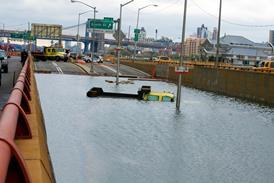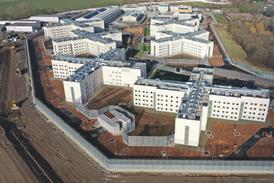According to Securicare International – specialist in conflict management and the training body for around 15 UK and international airlines, including British Midland, Easyjet and JMC – the incident would never have happened on any of the airlines for whom it provides training.
Training director Andrew McKenzie-James told SMT: "Aircraft security must be tighter. We have set up an action plan for cabin and ground staff so that there's a consistent approach if something goes wrong, and keep an information line open with flight deck crew. In this case, the man was identified on the ground as a character that needed watching. Having made that observation, people will have to make up their own minds as to why Paul Kefa Mukonyi was able to walk into the cockpit unchallenged. It's little short of tragic." Anecdotal evidence about the Nairobi flight suggests it was a civilian passenger who was responsible for most of the physical intervention in restraining the passenger.
McKenzie-James said in-flight crew should be given a minimum of a day's training every year. He continued: "British Airways' level of training is three hours every two years, which is inadequate. In terms of teaching crew how to deal with worst case scenarios, training should start with communication. A second level of skill is to be able to break away and make space, and the third level is to use restraint devices. BA uses a 'quick cuff' to restrain passengers, but equipment will never make it easy. It's the level of crew training in managing an incident that's really important."
Source
SMT




















